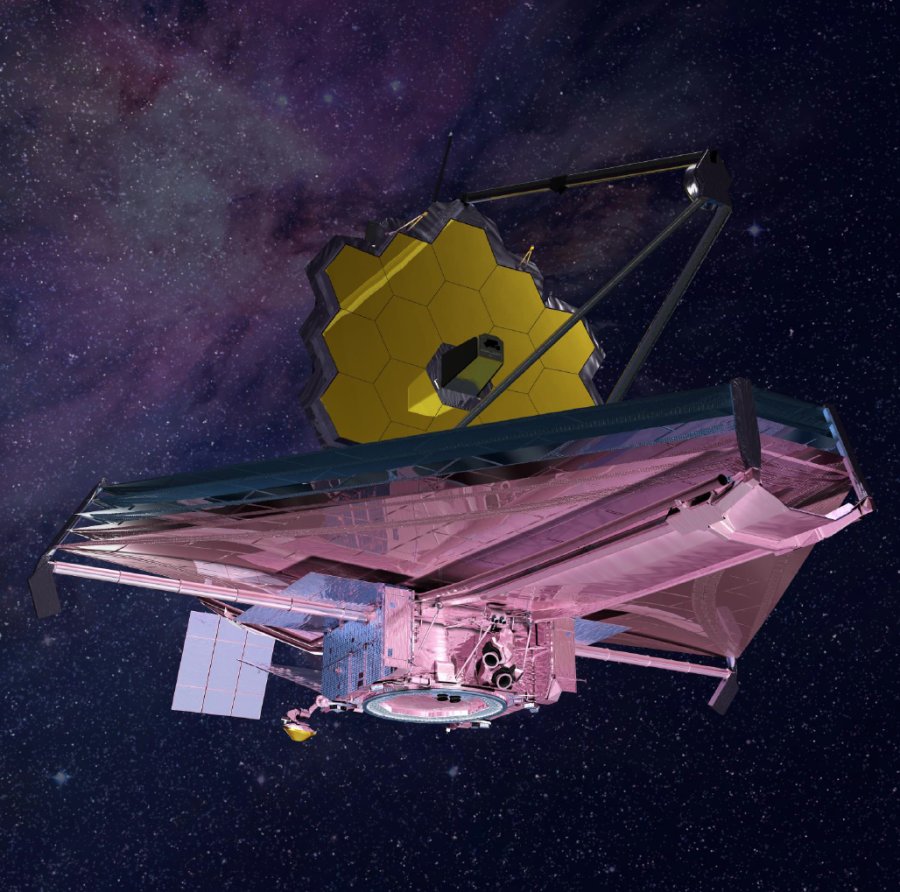The Most Powerful Telescope Ever
The James Webb Space Telescope may be able to change the way we perceive and understand outer space. That is, if everything goes right.
The James Webb Space Telescope is an infrared telescope, and NASA’s largest and most powerful space telescope. It orbits the Sun and stays around one million miles away from Earth. Its job is to find galaxies formed in the very early universe and to see stars already forming in other solar systems.
Besides being the most powerful telescope in space, the JWST is different from other telescopes because it will study every phase in the history of our universe, from the big bang to the formation of solar systems like ours. It will build on the Hubble Space Telescope’s discoveries and answer our most pondering questions about the universe.
To trace the origins of life in the universe, scientists need to study the evolution and formation of planets. One main issue is that we need to understand how planets are created. Scientists do not know if planets form in place or travel inwards. JWST will be able to obtain infrared images of planets and planetary systems and measure their ages and masses.
Scientists also want to learn more about our own homes. Studying the history of the pieces that formed the Earth may help us discover how life developed here. JWST will be powerful enough to identify and characterize comets and other icy bodies in the outer parts of our solar system, which might contain clues to our origins on Earth.
The story of JWST’s development over the years has followed the same progress we have in our understanding of space. Using the Hubble Space Telescope, scientists learned that galaxies, stars, and some black holes existed far earlier in cosmic history than anyone expected. Scientists learned dark matter and dark energy sculpt space. With the Kepler telescope and others, astronomers have seen that all manner of planets decorates galaxies like baubles on Christmas trees, including billions of potentially habitable worlds in our Milky Way alone. These discoveries have raised questions that the James Webb Space Telescope can address. Astronomers also hope that, as with other telescopes, its sightings will raise new questions. “Every time we build new equipment,” John Mather says, “we get a surprise.” Assuming everything unfolds as it should, and the James Webb Space Telescope finds its focus, it will change our beliefs and understanding of the universe as we know it.
RELATED STORIES:
https://www.quantamagazine.org/why-nasas-james-webb-space-telescope-matters-so-much-20211203/
https://www.nasa.gov/centers/ivv/services/ivvprojects_current.html
https://www.planetary.org/space-missions/james-webb-space-telescope
TAKE ACTION:
Explore the JWST: https://solarsystem.nasa.gov/missions/james-webb-space-telescope/in-depth/#:~:text=What%20is%20the%20James%20Webb,see%20stars%20forming%20planetary%20systems.
Explore NASA, the organization who created JWST: https://www.nasa.gov/















